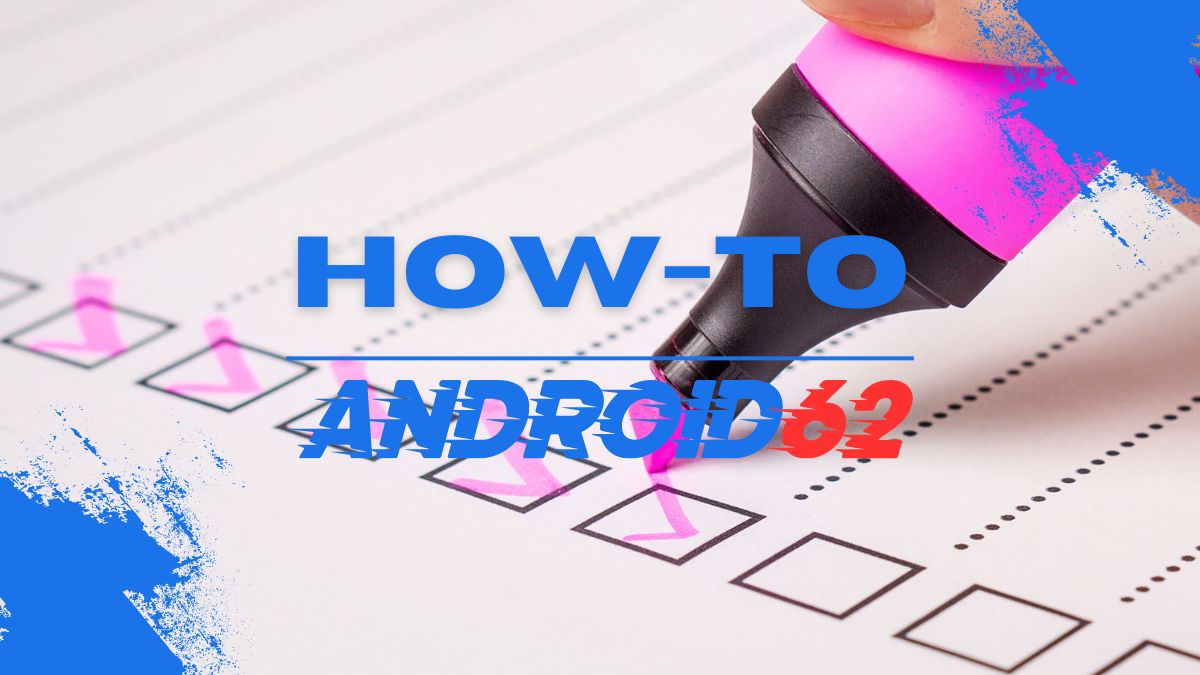
Secure communication has become increasingly important in today’s digital age, especially when it comes to sending sensitive information via email. Encrypting your emails ensures that only the intended recipient can access the contents, protecting your data from potential hackers and prying eyes. Gmail, one of the most popular email providers, offers the option to send encrypted emails to enhance privacy and security. In this article, we will guide you through the process of sending encrypted emails on Gmail.
Why Send Encrypted Emails?
Before we delve into the steps of sending encrypted emails on Gmail, let’s first understand why encryption is crucial for securing your email communications:
- Protection of Sensitive Information: Encrypting your emails ensures that the content is only accessible to the intended recipient, safeguarding sensitive information such as personal details, financial data, or confidential business communications.
- Compliance Requirements: Industries such as healthcare and finance have strict regulations regarding data privacy. Sending encrypted emails helps ensure compliance with these regulations.
- Prevention of Data Breaches: Encrypting your emails reduces the risk of data breaches and unauthorized access to your information, thereby enhancing overall security.
- Enhanced Privacy: By encrypting your emails, you can maintain your privacy and prevent third parties from intercepting or reading your messages.
Steps to Send Encrypted Email on Gmail
Now that we understand the importance of encrypted emails, let’s explore how to send them using Gmail:
- Enable Gmail Confidential Mode: Gmail offers a feature called Confidential Mode, which allows you to send self-destructing emails with end-to-end encryption. Follow these steps to enable Confidential Mode:
- Open Gmail and click on “Compose” to start a new email.
- In the bottom right corner of the compose window, you’ll find the “Turn on confidential mode” icon. Click on it to enable Confidential Mode.
- Set an expiration date for your email if desired, and choose whether to require a passcode for access.
- Compose your email and attach any necessary files.
- Click “Send” to send your encrypted email using Gmail’s Confidential Mode.
- Use Third-Party Encryption Services: If you require more robust encryption options, consider using third-party encryption services that integrate with Gmail. These services offer advanced encryption features and added security layers for your emails. Some popular third-party encryption services include ProtonMail, Virtru, and Tutanota.
- PGP (Pretty Good Privacy) Encryption: PGP encryption is a powerful method for securing your emails by using public and private keys to encrypt and decrypt messages. To send encrypted emails using PGP encryption on Gmail:
- Generate a PGP key pair using a PGP key generator tool.
- Install a PGP encryption extension or software on your browser or device.
- Encrypt your email using the recipient’s public key before sending it.
- The recipient can then decrypt the email using their private key to access the content.
- End-to-End Encryption: For maximum security, consider using end-to-end encryption tools that encrypt your emails from the moment they are sent until they are received by the recipient. Services like ProtonMail and Tutanota offer end-to-end encryption for secure email communications.
- Secure Email Attachments: When sending sensitive information as attachments, make sure to encrypt the files to prevent unauthorized access. You can use file encryption tools like 7-Zip or VeraCrypt to encrypt the attachments before sending them via Gmail.
Best Practices for Sending Encrypted Emails
While encrypting your emails adds an extra layer of security, it’s essential to follow best practices to ensure the effectiveness of your encrypted communications:
- Keep Your Encryption Keys Secure: Safeguard your encryption keys and passphrases to prevent unauthorized access to your encrypted emails.
- Regularly Update Encryption Software: Ensure that your encryption tools and software are up to date to protect against vulnerabilities and security threats.
- Share Encryption Instructions with Recipients: If you are using PGP or other encryption methods, provide your recipients with instructions on how to decrypt your encrypted emails.
- Avoid Clicking on Suspicious Links: Be cautious of phishing emails that may attempt to steal your encryption keys or personal information.
- Verify Recipient Identities: Confirm the identity of recipients before sending encrypted emails to ensure that the intended parties receive the secure communications.
Conclusion
Sending encrypted emails on Gmail is a proactive step towards protecting your privacy and securing your communications. By following the steps outlined in this guide and adopting best practices for encrypted email communications, you can enhance the security of your emails and safeguard sensitive information from unauthorized access.
Remember to choose the encryption method that best suits your needs and preferences, whether it’s Gmail’s built-in Confidential Mode, third-party encryption services, PGP encryption, or end-to-end encryption tools. Prioritize security and privacy in your email communications to ensure safe and confidential exchanges of information.




